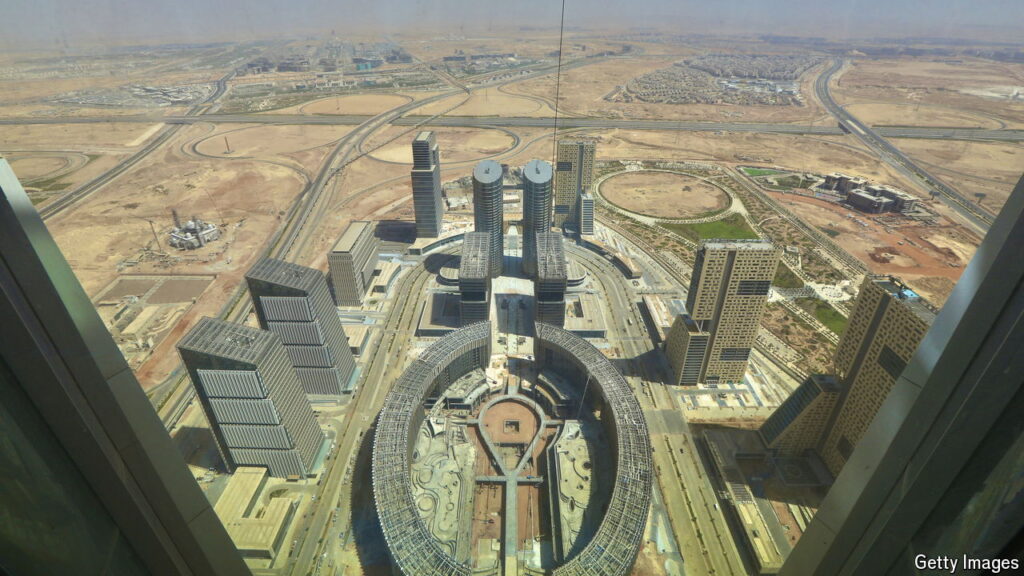In times of antiquity, the pharaohs of Egypt understood that their power and longevity were closely tied to the annual flooding of the Nile River. This natural phenomenon brought with it a wealth of black silt that fertilized the land, enabling the cultivation of crops essential to the survival of the people. A failure of the Nile flood could result in famine and unrest, turning the populace against their rulers.
In the modern era, however, Egypt’s leaders have shifted their focus from the Nile to the Gulf region, specifically towards the oil-rich monarchies of the Arab states. The current ruler of Egypt, often referred to as the modern-day pharaoh, looks to partners in the Gulf for support in maintaining his rule.
On February 23rd, a significant development took place as Egypt and the United Arab Emirates (UAE) formalized a $35 billion deal to develop Ras el-Hekma, a strategic piece of land on Egypt’s Mediterranean coast. This landmark agreement marks the largest urban land sale in Egyptian history, with the Emiratis securing rights to a vast expanse of 171 million square meters (42,000 acres). Their ambitious plans include the construction of residential areas, hotels, and commercial complexes, envisioning a new urban hub reminiscent of the bustling city of Dubai.
Despite this major investment from the UAE, Egypt will retain a 35% ownership stake in the project, ensuring some level of control over the development of Ras el-Hekma. The partnership highlights the shifting dynamics of power and influence in the region, as Egypt looks beyond its traditional alliances towards new sources of support. The deal underscores the importance of strategic partnerships and economic collaborations in shaping the future growth and development of nations in a rapidly changing world.
